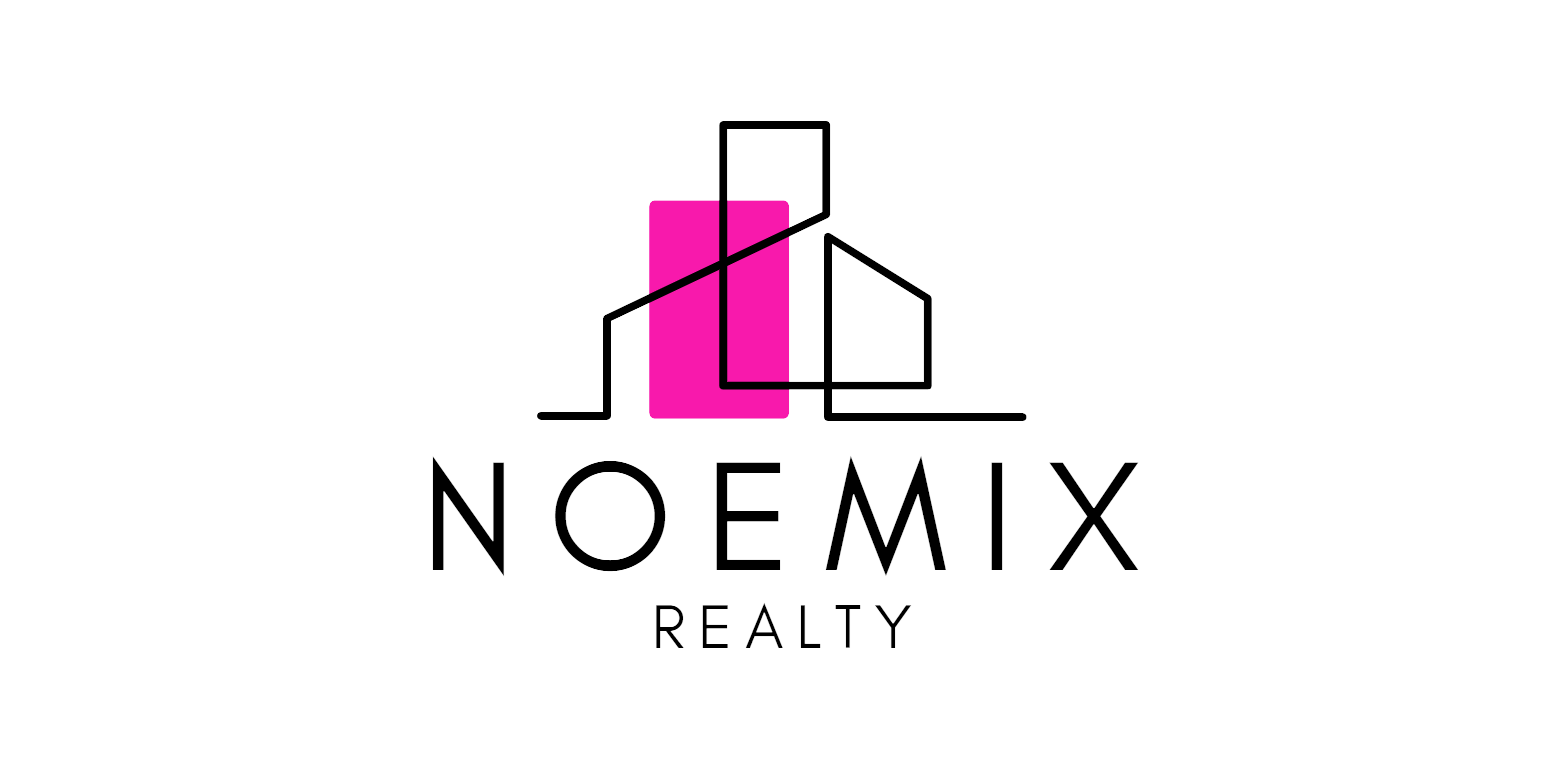The Impact of Green Architectural Design
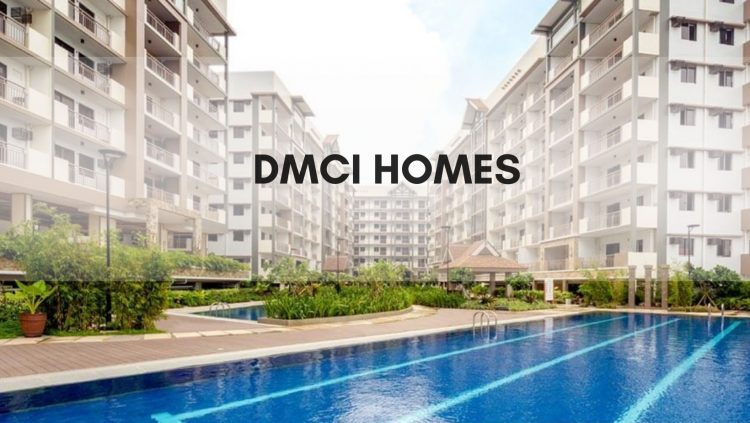
Going green is said to be one of the brilliant solutions to different problems brought by climate change. To achieve this goal, specifications of ‘green’ materials for construction are very much considered. However, design must be the priority since it greatly affects how structures will absorb and use energy.
A typical Filipino household may spend P2,000-P4,000 monthly for their residential energy bills, with expected increase during the hot summer months. According to the National Statistics Office (NSO), 87 per cent of 21 million households used electricity for lighting, recreation, and cooling. Their data from a 2011 survey showed that 66% of these households used electricity for space cooling, with two in three homes using electric fans and one in 10 homes using air conditioning units. If a factor such as cooling could be minimized then this will mean a significant decrease in every residence’s energy bill. Luckily, there are certain designs that can be used for homes to make them energy efficient.
1. Greeneries
The green roof features a roof coated with turf or a landscape of plants which reduces heat temperature by enabling air circulation. Green wall has a vegetated façade panel which is preferable in summer season. Trees and plants do not only beautify your home. It is your best natural shading from the sun as well.
2. Cross Ventilation and Natural Lighting
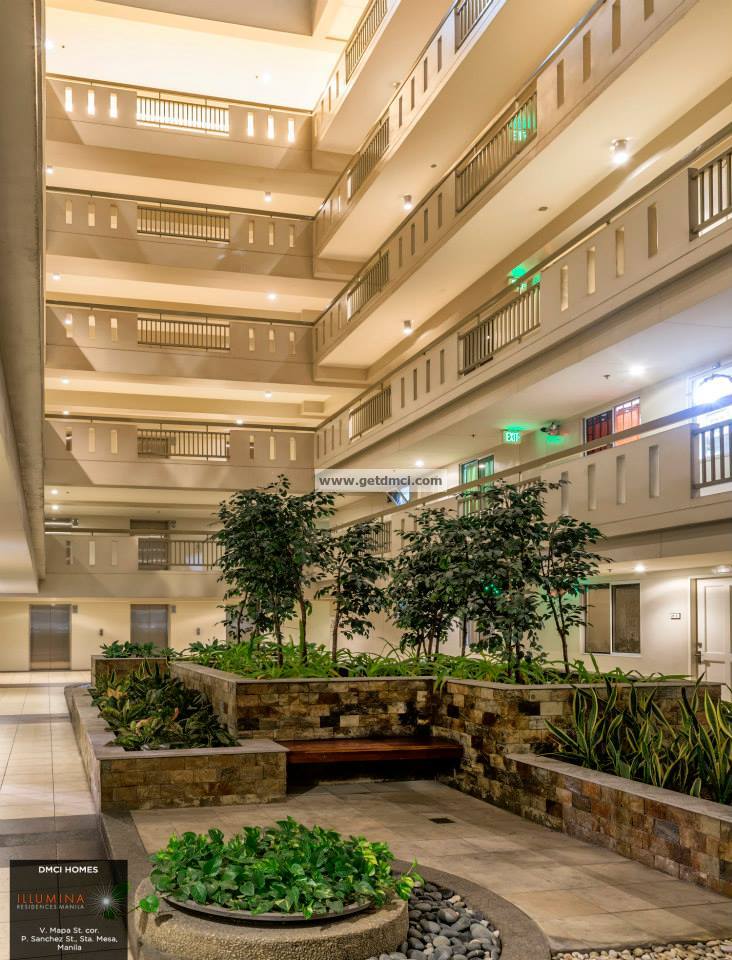
Using natural ventilation and lighting can decrease the cost in cooling your homes by limiting the need to use air conditioners or electric fans. DMCI Homes have made good use of these with the Lumiventt design technology. The design allows natural light and creates vents from side to side to allow air flow from the rooftop to unit spaces within, letting the building “breathe”.
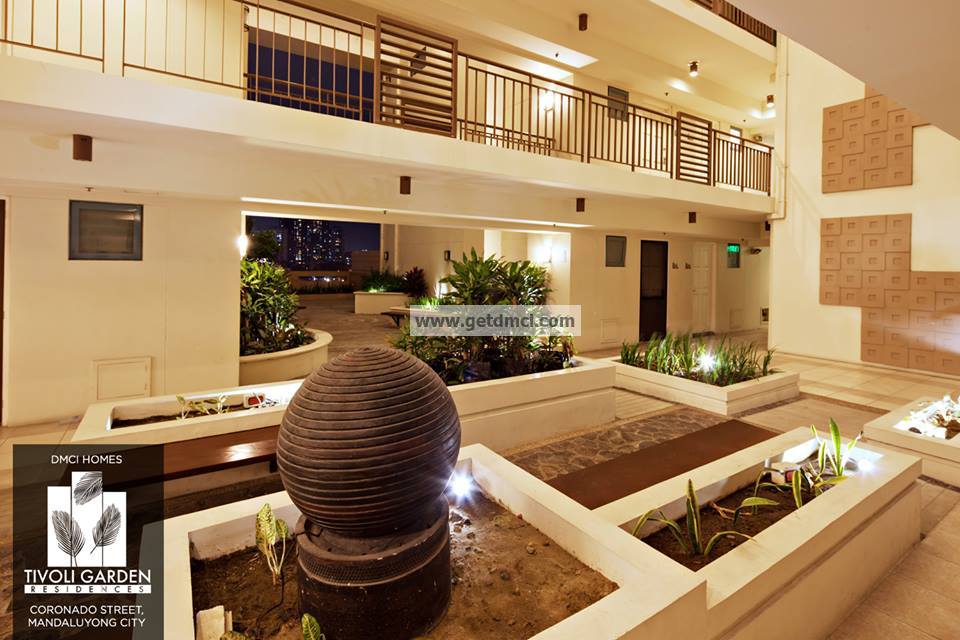
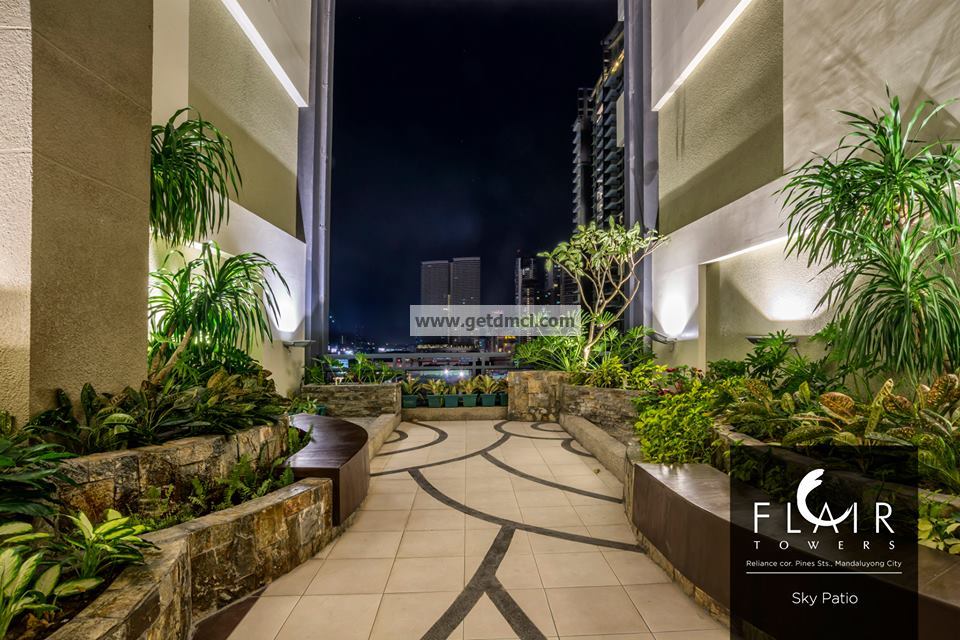
3. Insulation
Insulation doesn’t just keep homes warm in cold weathers; they can also help in cooling homes during the summer season. Insulation can deflect solar radiation, where much of the heat comes from.
4. Wall Paint
An effective alternative to insulation can also be changing house colors. Lighter paints on houses or condo units are better than darker home exteriors which absorb a lot of heat. To have a better chance against the heat, the best option is to go for white to cream or any light coloured tones.
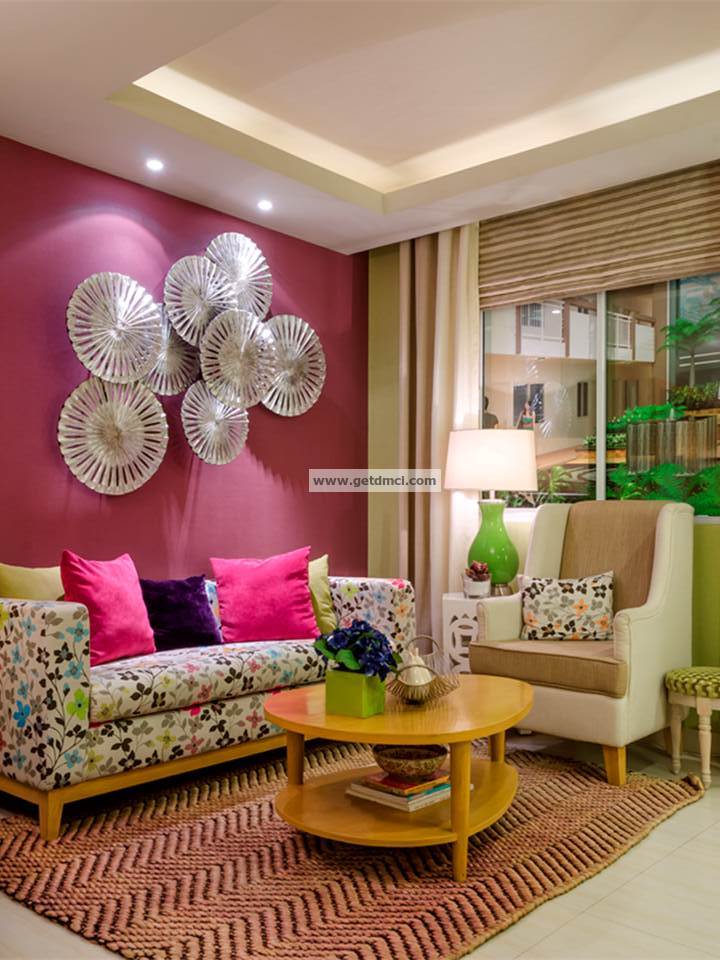
The 2030 Challenge stated that “buildings are the major source of global demand for energy and materials that produce by-product green house gases (GHG)”.It is good to know that there are emerging initiatives to address the problems on climate change and high energy costs. The appearance of various green building initiatives here in the Philippines is proof that designs are effective. On the other hand, meeting the 2030 Challenge may be ambitious since it requires carbon-neutral earth. The truth is you can help achieve this by preferring homes that are proven to be energy efficient.
Source: www.communities.dmcihomes.com
